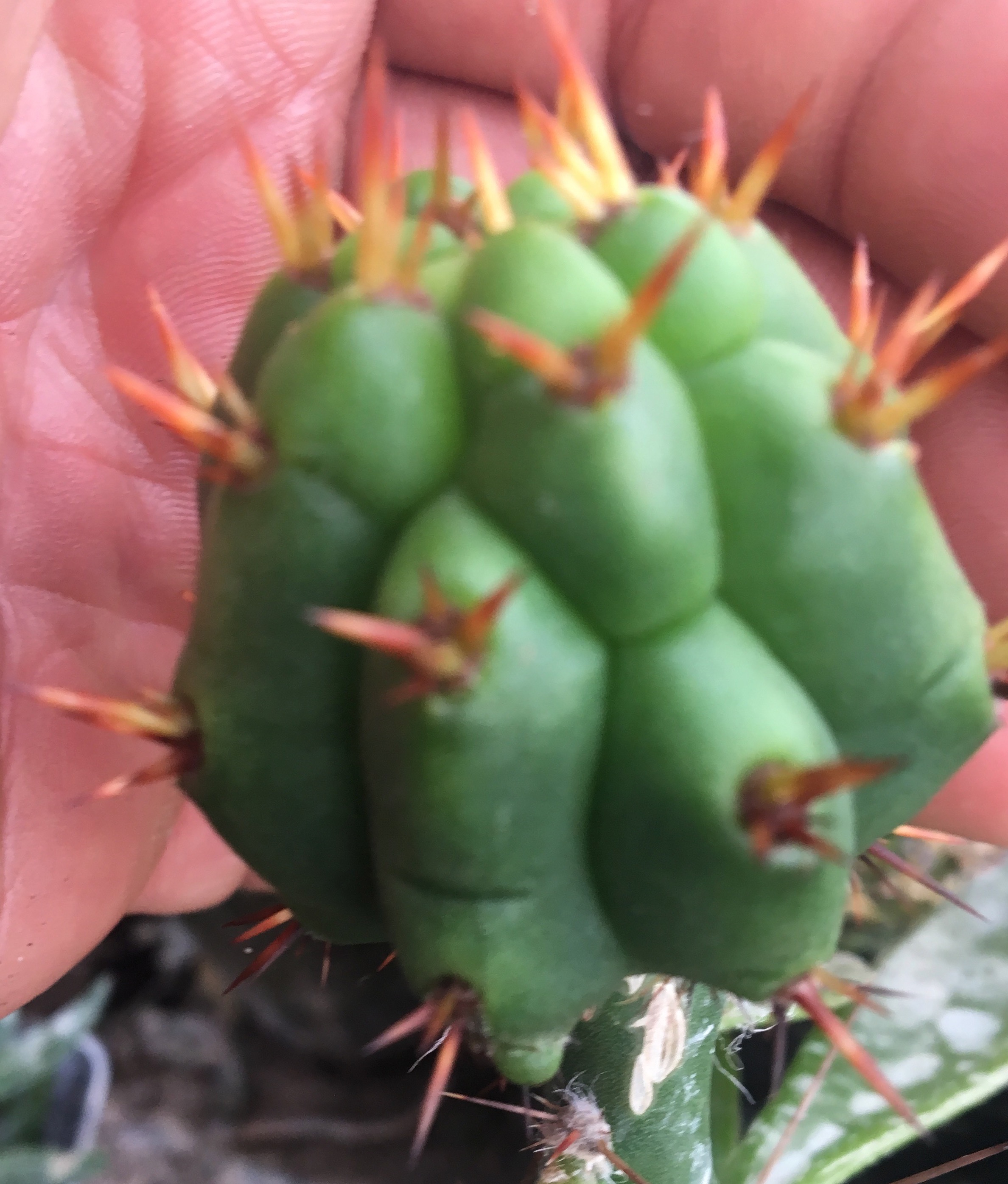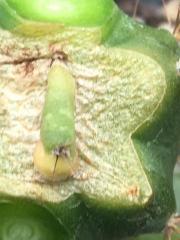-
Content count
1,233 -
Joined
-
Last visited
-
Days Won
44
Posts posted by Inyan
-
-
Beautiful flowers guys! Keep those pictures coming and label those crosses I know you guys are making!
-
Loving those flowers. I'm a big fan of Echinopsis, Trichopsis, etc. type hybrids.
-
Has anyone done any research with Lophophora variegates? I'm asking in particular if the variegation is passed more strongly via the maternal side than one would find in a non-variegated seed mom? Variegation is often passed on the maternal side with many plants. Any variegated x variegated lophophora seed out there?
-
Spill the beans. What's the cross on this one? Lophophora x Trichocereus? C'mon, serious minds want to know.
-
I like this discussion. First, to be sure you are getting a successful cross you might want to try to emasculate your flowers before the pollen ripens. For intergeneric crosses, some tidbits such as making a pollen cocktail of 5 or more species might be helpful. If one foreign pollen makes it, do you really care which one made it? You can of course figure it out if you label each pollen cocktail and keep good notes. This allows you to test many more pollen types at a time rather than relying on one pollen type and one failed attempt at a time. Frequently, the barrier to fertilization is located in the stigma. This can be overcome by cutting the stigma off or cutting the style in half and then applying the pollen lower down. I recommend mixing the pollen thoroughly before applying it. You also want to dry and then freeze your pollen cocktails. Use what you need and then refreeze for future uses if you have success. You may find that you have to make several crosses with one pollen cocktail to get one to take. It also helps to keep the flower isolated via some barrier to keep the bugs from coming along and helping you out. Oftentimes, you may get a seed pod, but the pod aborts with more difficult crosses. Inside, you may find if your lucky, immature seeds. These will need to be tissue cultured in order to keep them alive and growing in many instances, but simply knowing its possible is half the fun. You also want to label your crosses. Most advocate labeling your cross like this: Lophophora Southern form (seed bearer) x Lophophora Northern form (pollen donator). Keep track of your crosses and your seedlings and go after a specific goal. Some crosses will only work one way. This means you will want to try a single cross with both parents acting as the mom for the others pollen. Just food for thought.
-
Nice work Jack.
-
Nice hybrids. Are you trying to say you have some intergeneric hybrids as well? Did you emasculate the flowers and isolate them to ensure that they were not accidentally self pollinated? More importantly, what technique did you utilize? Cut-style approach, grafted style? C'mon, enquiring minds want to know.


Verigated Loph Pics
in Cacti & Succulents
Posted
I'm assuming here that they pass on well via the maternal side. Thanks for the information.